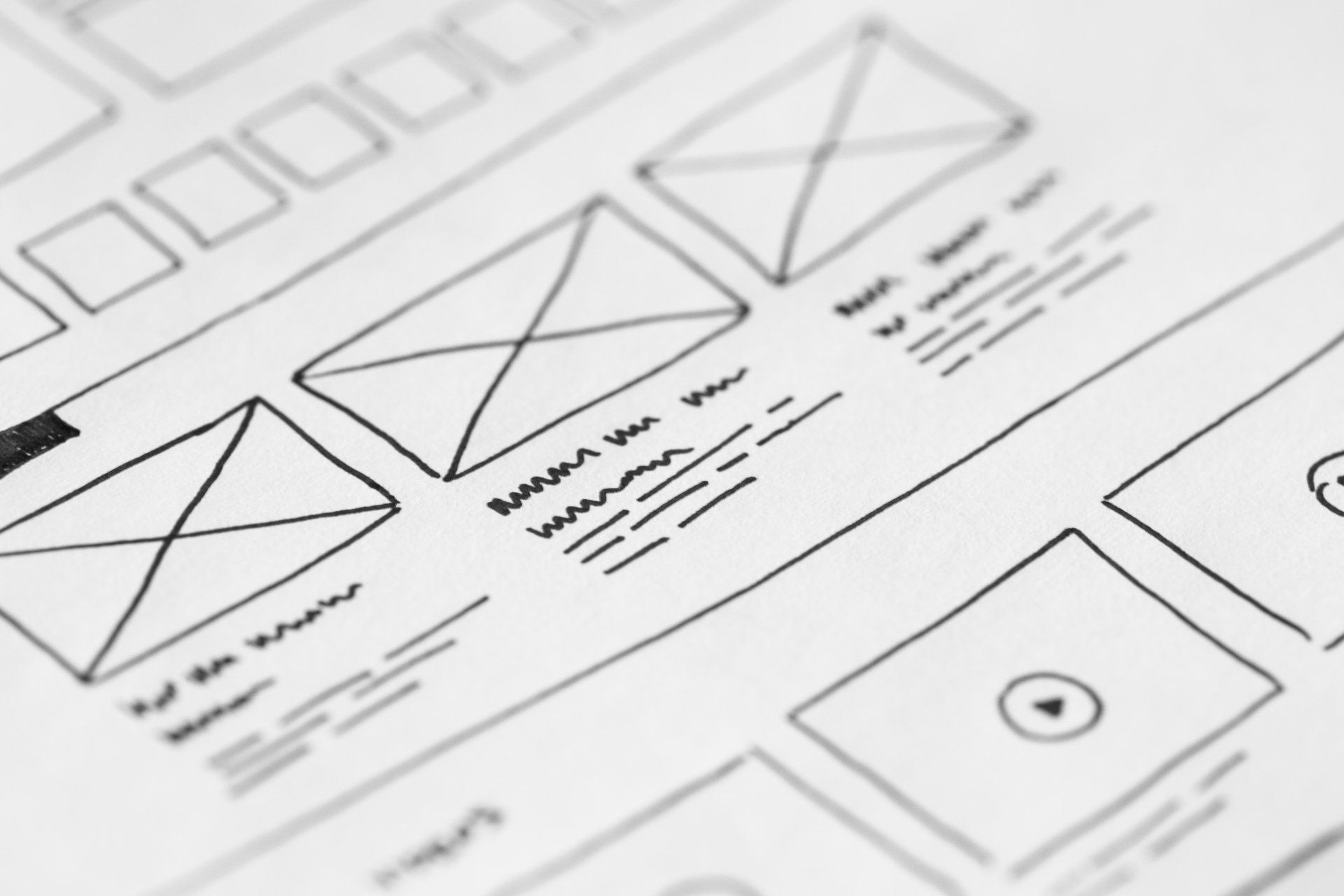Is Good Web Design Really Important?

Web design is the process of creating and designing websites and web applications. It is a field that combines elements of graphic design, user experience design, and web development to create visually appealing and functional websites. With the rise of the internet, web design has become an increasingly important aspect of modern business and commerce.
At its core, web design is about creating a digital experience that is both aesthetically pleasing and user-friendly. This means that a website must look good and be easy to navigate, allowing users to find the information they need quickly and efficiently. A good web design will also be responsive, meaning it will adjust to different screen sizes and devices, ensuring a seamless user experience regardless of the device being used.
Web Design First Steps
The first step in the web design process is to determine the goals of the website. This may include providing information about a business, offering a platform for e-commerce transactions, or creating a community for like-minded individuals. Once the goals of the website have been determined, the web designer will create a wireframe or prototype of the website, which will serve as a rough sketch of the site's layout and structure.
Next, the web designer will work on the visual design of the website, including the color palette, typography, and imagery. This is the stage where the website begins to take shape and take on a more polished appearance. The web designer will also consider the overall aesthetic of the website and how it will be perceived by the target audience.
Once the visual design has been finalized, the web designer will begin the coding process. This involves using HTML, CSS, and JavaScript to create the website's front-end, or the part of the site that the user interacts with. The web designer will also need to consider the website's back-end, which refers to the code that runs on the server and powers the website's functionality.
The Importance of Accessibility
It is also important for web designers to keep accessibility in mind during the design process. This means ensuring that the website is accessible to people with disabilities, including those who are visually or hearing impaired. This can be achieved through the use of accessible web design techniques, such as using descriptive alt text for images and using clear and concise language throughout the site.
In addition to the technical aspects of web design, it is also important for web designers to consider the user experience. This means creating a website that is easy to navigate, provides a positive user experience, and encourages users to interact with the site. This can be achieved through the use of clear and intuitive navigation, well-placed calls to action, and engaging and relevant content.
Web design is constantly evolving, and new technologies and design trends are emerging all the time. For example, the rise of mobile devices has led to an increased focus on responsive design, ensuring that websites are optimized for viewing on smaller screens. Additionally, the rise of virtual and augmented reality technologies has created new opportunities for web designers to create immersive digital experiences.
To illustrate the importance of web design, consider the following example:
Imagine you're in the market for a new car and you come across two car dealerships. The first dealership has a website that is poorly designed, with outdated graphics, slow loading times, and a confusing navigation structure. The second dealership, on the other hand, has a website that is well designed, with a modern and clean look, fast loading times, and an intuitive navigation structure.
Which dealership are you more likely to visit in person? Chances are, you'll choose the dealership with the well-designed website, as it gives the impression of a modern and professional business.
In conclusion, web design is a critical aspect of modern businesses and commerce. A well-designed website can help build brand credibility, attract and retain customers, and improve overall business success. Whether you're a business owner, marketer, or web designer, it's important to stay informed about the latest developments in web design and to constantly strive to improve the user experience.
All rights reserved © 2004-2024 Proshark • Privacy Policy • Messaging Policy • Terms of Service • Advertising TOU







